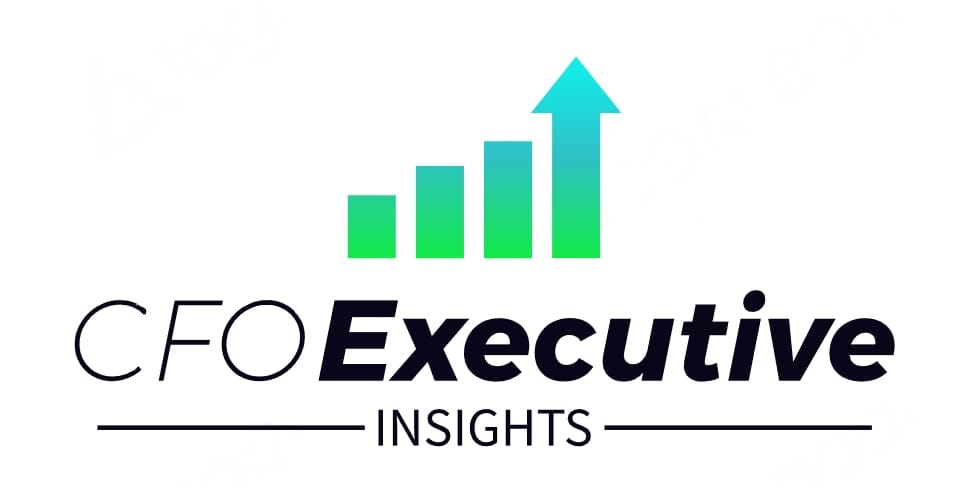- CFO Executive Insights
- Posts
- 📊 Flexible Modeling Is the CFO’s Carve-Out Advantage
📊 Flexible Modeling Is the CFO’s Carve-Out Advantage
Dynamic Models Enable Fast Adaptation and Protect Value

Your network is hiring. You just don’t know it yet.
Indy AI by Contra helps you find opportunities through your existing network. It connects to LinkedIn and X, then quietly surfaces warm opportunities. No cold outreach. No job boards. No feed fatigue. Just opportunities that find you.
Hey there, CFOs! 💼
In this issue, we spotlight the buy-side carve-out playbook CFOs need today. Success requires more than sharp deal pricing.
Finance leaders must anticipate dis-synergies, manage stranded costs, and design flexible models while negotiating transition service agreements that keep operations running smoothly.
📰 Upcoming in this issue
📊 What You Need To Get Right In Buy-Side Carve-Outs
🏢 Why Real Estate CFOs Are Ditching Legacy Systems
📊 The CFO as Strategic Value Creator
📈 Trending news
CFOs: These 10 AI Tools Set the Future of Finance
CFOs Shift From Automation to Autonomy With Agentic AI
It's Time CFOs Rethink What 'Fintech' Means Today
📊 What You Need To Get Right In Buy-Side Carve-Outs

Buy-side carve-outs make up 28% of M&A. The catch: CFOs must tame dis-synergies, stranded costs, and high-stakes transitional service agreements.
Key Takeaways:
⚠️ Dis-Synergies And Stranded Costs: Surface and mitigate dis-synergies and stranded costs early, update assumptions as new cost data emerges during separation and integration.
📐 Flexible Financial Baseline: Build flexible models, sometimes with manual tools, to create a true baseline, run scenarios, and keep value capture plans aligned with reality.
📑 TSA Mastery: Scope, price, and govern TSAs carefully, clarify owners and processes, and plan exits early to protect continuity and avoid hidden costs.
🎯 Value Capture Discipline: Keep original value goals visible, coordinate value capture, business, and functional teams, and recalibrate targets as TSA terms and cost realities shift.
🏢 Why Real Estate CFOs Are Ditching Legacy Systems

Legacy systems slow closes, obscure cash, and struggle with multi-entity growth. This piece shows how modern cloud finance restores control, speed, and investor-ready reporting.
Key Takeaways:
📊 Real-Time Visibility: Unified dashboards consolidate entities and properties, revealing cash, NOI, and variances fast for sharper decisions.
🤖 Automation Speeds Close: AP, allocations, and consolidations automate, month-end shrinks, and teams refocus on analysis instead of data wrangling.
🔗 Seamless Integrations: Cloud platforms connect to property management, banks, and BI tools, eliminating manual spreadsheets and rekeyed entries.
🛡️ Stronger Controls And Compliance: Role-based access, audit trails, and standard workflows support lenders and investors, and align with lease accounting requirements.
📊 The CFO as Strategic Value Creator

EY says tomorrow’s CFO becomes a Chief Value Officer. Continuous close, prescriptive analytics, and on-demand reporting move finance from scorekeeper to strategist.
Key Takeaways:
🧠 From CFO To Chief Value Officer: CFOs leverage data, AI, and real-time insights to drive sustainable growth and long-term value.
⏱️ Continuous Close Becomes Normal: Automation and cloud enable near real-time closings, easing workload and improving cash visibility during uncertainty.
📈 Prescriptive Analytics Guides Action: Advanced algorithms recommend next steps, improving budgeting, forecasting, and proactive risk mitigation.
🧱 Build A Future-Ready Finance Core: Flexible architecture, governed data, redesigned processes, agile models, and new skills underpin durable transformation.
Why It Matters
CFOs who build adaptive financial frameworks and tightly scoped TSAs can turn carved-out assets into growth engines instead of hidden liabilities. Precision in execution is what separates value creation from value erosion in today’s M&A environment.

Vanessa Carter
Editor-in-Chief
CFO Executive Insights
How was today's edition?Rate this newsletter. |
